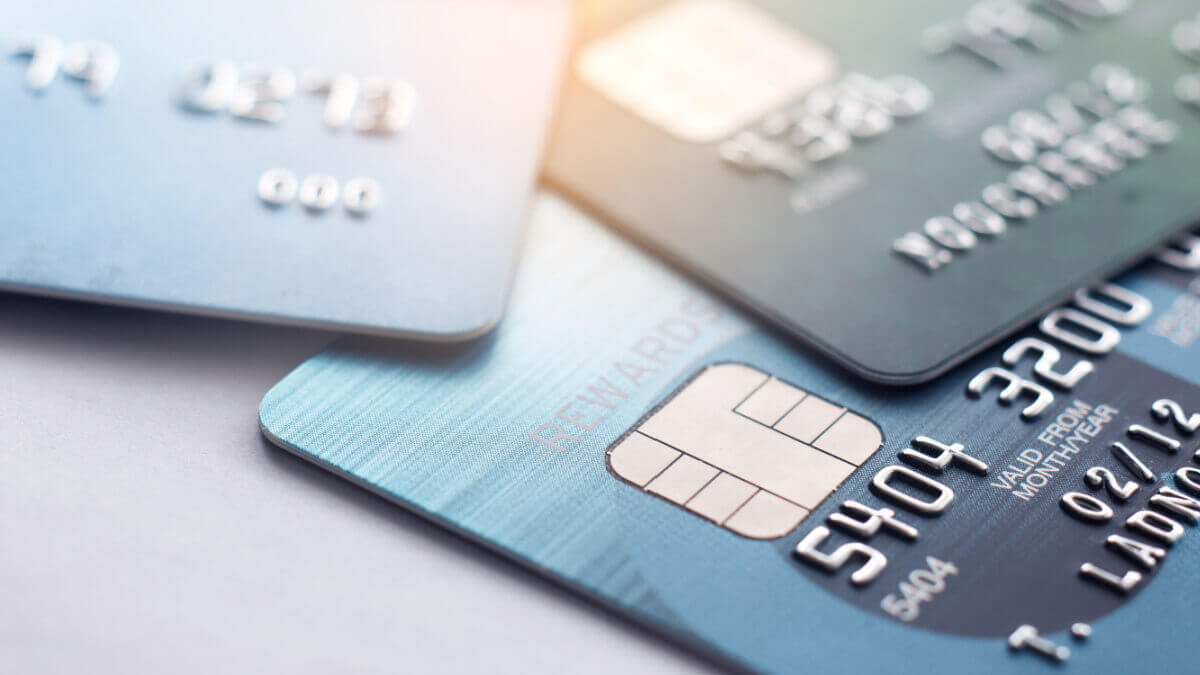Inheritance tax for UK non-residents: A guide
Read our helpful guide on inheritance tax for UK non-residents, including how IHT works, current tax rates and whether non-residents have to pay it.

Got your first debit or credit card? You’ll need to know how it works, including what the different numbers mean.
Read on for everything you need to know, as we’ve put together an at-a-glance guide to card numbers for UK debit cards and credit cards.
And if you’re still shopping around for a new debit card, make sure to check out the Wise card from Wise, a money services provider. It works in multiple countries worldwide, letting you spend in the local currency for low fees and great exchange rates.
Please see the Terms of Use for your region or visit Wise fees & pricing for the most up-to-date information on pricing and fees.
The long number on the front or back of your debit or credit card is unique to your card and account. However, it’s different from your account number.
Debit and credit card numbers are usually 16 digits long, broken up into four groups of four numbers. This differs from your account number, which on a standard bank account is usually 8 digits long.
The Issuer Identification Number or IIN is the first 8 digits of your 16 digit card number. It is used to identify which company issued the card, and to help financial institutions to route transactions correctly.
Following the IIN, the next digits of your debit or credit card number are made up of your unique account number. This is the number used to identify that particular card and account.
The very last number on your debit or credit card long number is called the verification digit, or ‘check digit’. This is used to validate the card number, to check it’s been entered correctly (for example, when shopping online) and that the card is authentic.
UK debit and credit card numbers also feature expiration dates, which is when the card expires and can no longer be used.
This number will be displayed in this format: MM/YY. So, a card expiring in January 2025 will have an expiration date of 01/25.
On debit and credit cards, the Card Verification Value (CVV) is usually found on the back, next to the signature box.
So, what is a CVV number on a credit card used for? It’s primarily for online shopping, to prove to the merchant that you have the physical card. This helps to keep you safe when paying for things online, and to prevent fraud.
| 📚 Read more: UK travel credit cards you can use abroad |
|---|
Many debit cards also include a sort code. This refers to the current account that the card is linked to, and it is used to identify the bank, building society or other account provider.
Wondering what is the account number on a card? You should find it next to your sort code, and it’s an 8-digit number identifying your bank account.
If your debit card is linked to an account held with a building society, it may also feature a roll number. These are only used for UK building society accounts, and they can be anywhere up to 18 characters long.
Looking for a debit card you can use abroad, without racking up huge fees?
Take a look at the Wise card, which works in multiple countries worldwide (including the UK) and lets you spend like a local.
This clever contactless card automatically converts your pounds to the local currency whenever you spend. It does so at the mid-market exchange rate, and for just a small currency conversion fee. Also, there’s no fee from Wise if you already have the local currency in your Wise account.
Using your Wise card could work out cheaper than using your bank account abroad.
Please see the Terms of Use for your region or visit Wise fees & pricing for the most up-to-date information on pricing and fees.
And that’s it - the lowdown on UK debit and credit card numbers, from the long number right through to all the other important digits on your card.
*Please see terms of use and product availability for your region or visit Wise fees and pricing for the most up to date pricing and fee information.
This publication is provided for general information purposes and does not constitute legal, tax or other professional advice from Wise Payments Limited or its subsidiaries and its affiliates, and it is not intended as a substitute for obtaining advice from a financial advisor or any other professional.
We make no representations, warranties or guarantees, whether expressed or implied, that the content in the publication is accurate, complete or up to date.

Read our helpful guide on inheritance tax for UK non-residents, including how IHT works, current tax rates and whether non-residents have to pay it.

How much money can you receive as a gift from overseas in the UK? Read our guide and find out the latest rules.

Find out everything about retiring in the UK, including visa options, money requirements and healthcare.

Learn how to pay bills in Italy, using different methods like post offices, banks and online platforms.

Learn how to pay a bill in euros from the UK with Wise at a mid-market rate and save on unnecessary fees and foreign exchange conversions.

Wondering how to pay a bill in France from the UK? Discover secure methods like bank transfers and online tools to manage payments with ease.